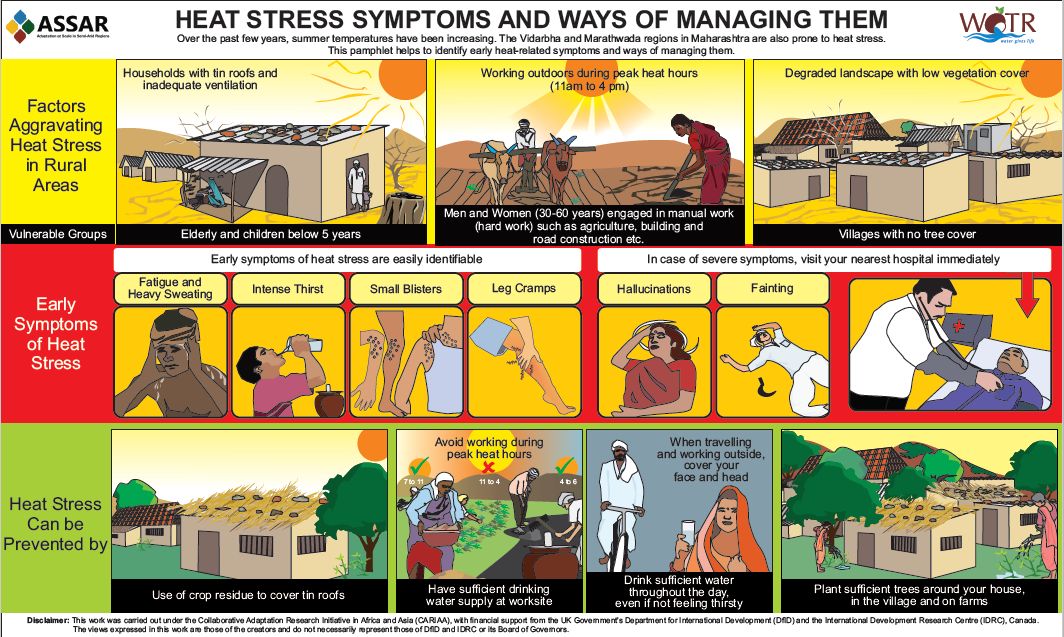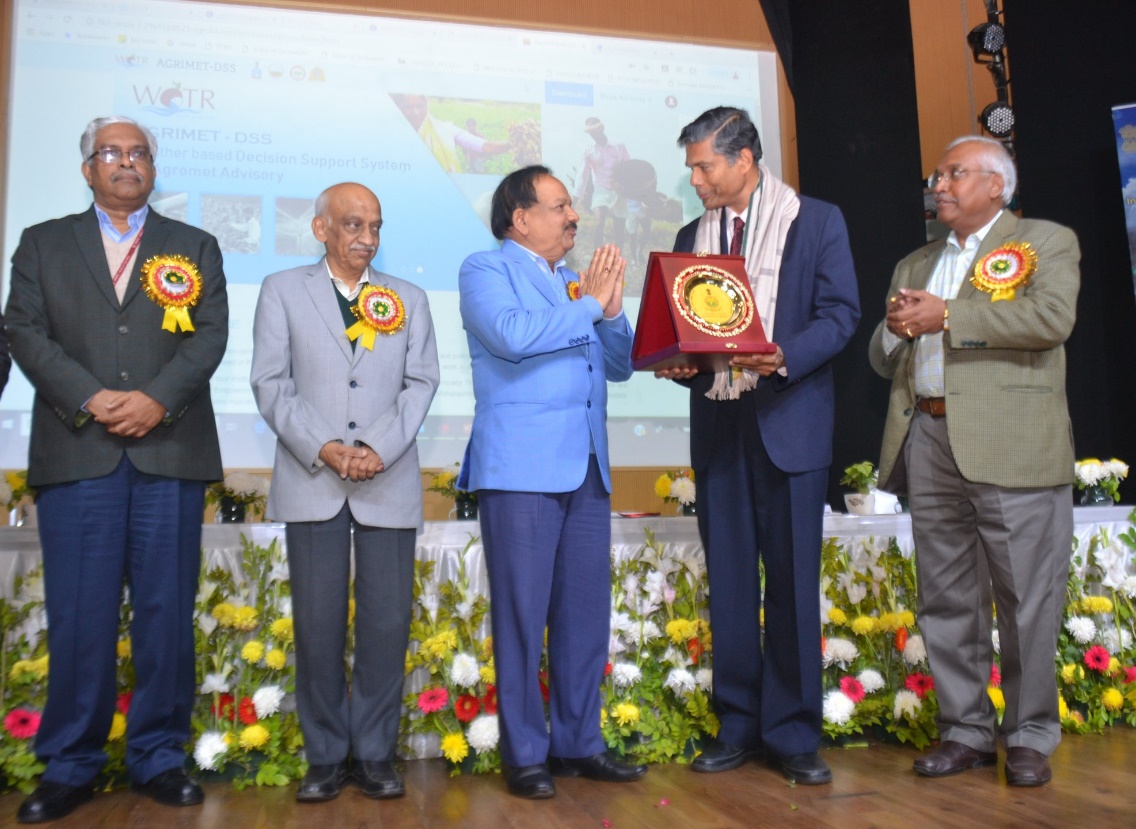By Janaki Tulshibagwale
Human beings have built civilizations and cooperated on multiple levels, mainly due to one thing: communication. It can be said that communicating effectively was one of the major factors because of which we achieved whatever we have today, good or bad. From signals and calls and roughly scrawled sketches on the cave walls, during the time of our foraging ancestors to the simple texts and emojis that we send today, communication has evolved with us. This is especially true about the medium for communicating, which have advanced with the use of technology. However, the main aim of communicating has always been the same- getting a message through to the other person effectively.

Communication over the centuries, from paintings in caves…to emojis. (Photo: (L) Wikipedia page of the Cueva de las Manos, in Argentina, the caves where some of the first hand prints were found (R) Gadget Helpline- how to use emoticons)
In any organization, communication is of course very important for getting the work done efficiently. And hence, people have to talk to each and every person who is working for the same collective goal and hence, get the organization’s job done.
Communications at WOTR
Working with the communications team here at WOTR gave me an insight on how to go about communicating at work. Here are a few examples of different levels and types of communication that goes on at WOTR and how effective it all is.
1. Intra- and Inter-team communication:
Informal team huddles, or quick exchanges with teammates on Hangouts is the first line of communication one gets into. Slightly more organized or formal team meetings would bring to light, the goals and targets of the team, how many have been achieved and how many of them need to be worked upon. This makes for a very open work atmosphere, where everyone is comfortable and respects one another.

The WOTR Communications team Hangouts thread
My exposure to inter-team communications began in my first week when I was asked to socialize and get to know what goes down in the other teams and what all is WOTR currently working on. More structured inter-team communications were used for planning monthly content calendars, sharing results and progress to help with project objectives, updates for the website, content for social media, newsletters, Annual Report, etc.

A screenshot of WOTR’s Facebook Page
2. Communications at the field level, with staff and communities involved:
This is perhaps the most important part of Communications, where it can make a big difference to hundreds and thousands of people it reaches out to. WOTR’s work focuses on watershed development, addressing water scarcity in drought-prone areas, sustainable agriculture and related social issues. In such an environment, communications at the field level, with farmers – men and women, people in local administration, government departments, etc is very critical for raising awareness and mobilizing communities to adopt new practices.
After speaking with Junior Researcher in Hydrology, Aditya Shinde, I found out that they convinced the farmers to not use borewells to pump out water as it led to them using water which could not be replenished. They did this using 3D contour models and involving the farmers every step of the way as they explained the farmers the geology of the landscape that they were farming on.

Water Budgeting explained using 3D contour models. Photo: Sarita Chemburkar
Similarly, when Dipak Zade, Researcher (Social Science and Climate Change Adaptation) and his fellow of researchers studied the heat-stress symptoms in areas like Jalna and since have been trying to raise awareness on issues like roofing material not suitable for intense heat, using scarves while working in the sun, avoiding the peak heat hours, conscious about dehydration risks and so on.

Innovative communications tools, like this pamphlet, being used for raising awareness by WOTR.
3. The policy side of development work:
Another important role of Communications is to bring attention to successful actions that can be scaled up to affect a much wider population across the country. Here it is important to understand that in any democratic form of governance, changes to policy and programs take time to achieve and get everyone on board. You also need to be trusted and respected by the policymakers which can take years to achieve. Here, what I found was that 25 years of experience has given WOTR a solid reputation and is, therefore, able to influence government policy and programs. With proof of some of WOTR’s remarkable work, there is a high chance of politicians getting influenced by it and altering their agenda a bit. It takes time and relentless effort though.

Co-founder and Managing Trustee of WOTR Crispino Lobo being felicitated, on behalf of WOTR, by the Honorable Union Minister for Ministry of Environment, Forests & Climate Change, Government of India Dr. Harsh Vardhan. (The felicitation was in recognition of WOTR’s contribution in development of the Agrimet Decision Support System of the Indian Meteorological Department.)
4. Conversations with the seniors:
When it comes to talking to the boss, every one second guesses their ideas. Here at WOTR though, the atmosphere is quite friendly and everybody works as a big team. When I joined, I thought that I would face some problems gelling with the seniors but on the second day itself I had lunch with the co-founder of WOTR, Mr. Crispino Lobo and had my evening tea with Dr. Marcella D’Souza, Director, WOTR-Centre for Resilience Studies (W-CReS). They asked me about my course and what I wanted to study going ahead as a media student. It was a really good conversation and to be honest, I wasn’t stressed at all afterwards.
Being with WOTR for a month, in the Communications Department, I certainly got to learn a lot. I got to basically learn about the workplace environment and how everybody respects it. On how detailed instructions or time-frame for a task is not always specified like in school or college and that is why taking ownership of the task, setting some goals individually is important and obviously, completing them. It is often up to the individual to follow-up on something till you get what you want, as everybody is busy in their own work, all the time. Not everyone in the team has the same skills or creative wavelengths and we bring on board different attributes to complement each other. That is what being a part of a team is. The conversation is key at every step of the way and that gets your work done faster than anything. That is pretty much it, if I were to put it in a few words.
(The writer is a first-year student at the Symbiosis Centre for Media and Communication)





